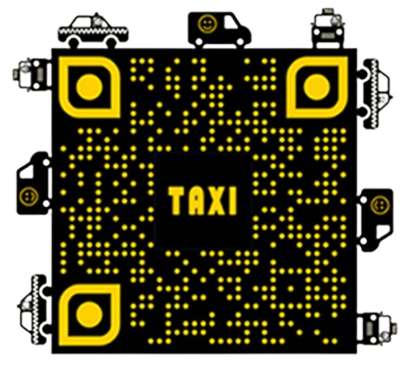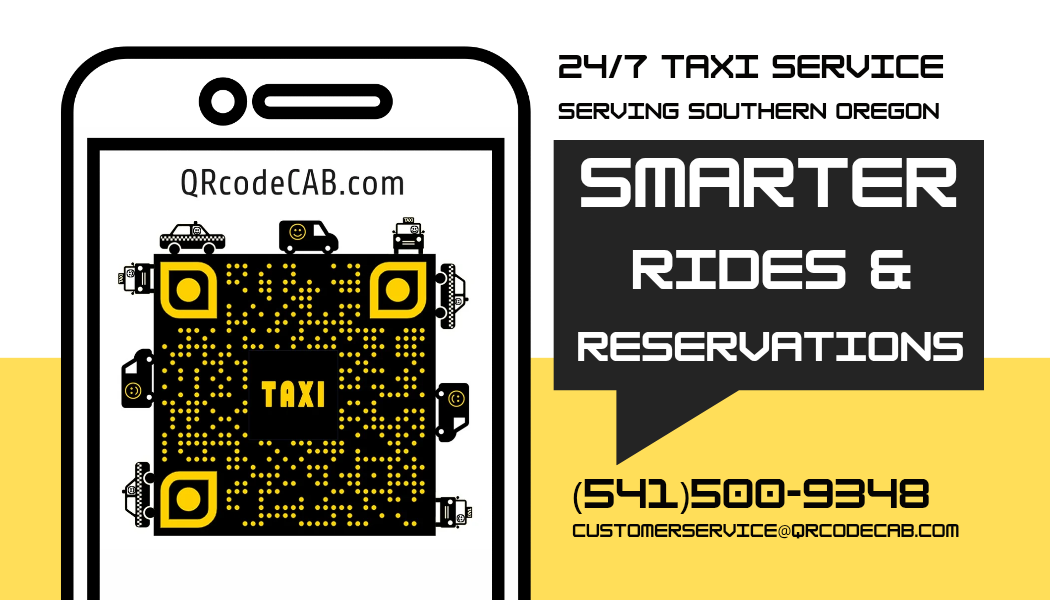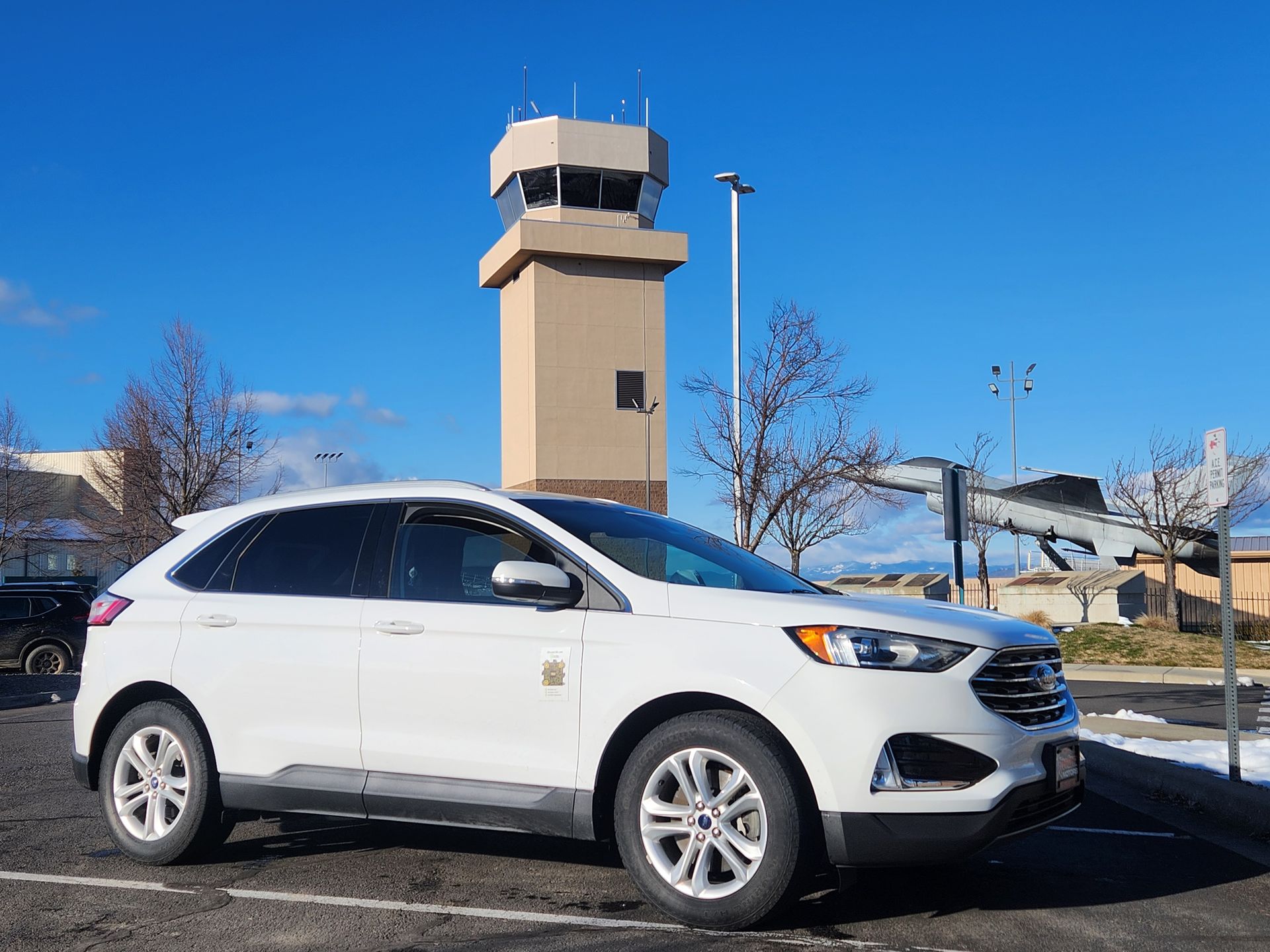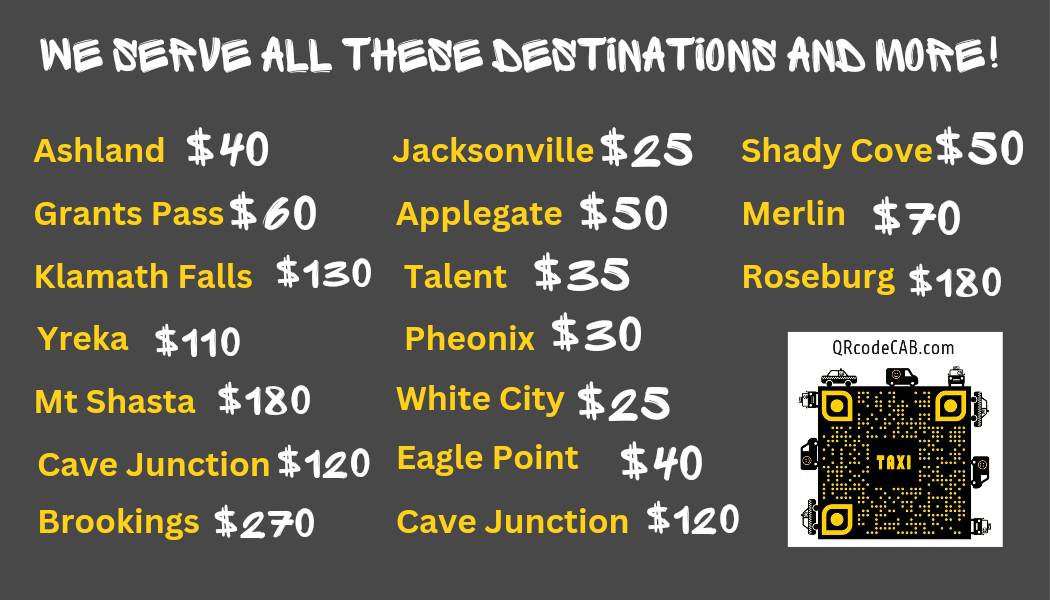24/7 Taxis for Hire Serving Southern Oregon
Must Call to Book an Appointment
(541)500-9348
Dial (541) 500-9348 or Activate the QR code to the right with your smartphone and then just click the call now icon that will pop on your mobile device
Need a Reliable Ride in Southern Oregon? We've Got You Covered!
(541)500-9348
Whether you're arriving at Medford Airport (MFR) or need transportation across the stunning landscapes of Southern Oregon, our services are designed for your convenience and comfort. We provide prompt and professional airport shuttle and taxi services throughout the region, including Medford, Ashland, Grants Pass, Klamath Falls, and beyond
Airport Transportation Made Easy:
- Medford Airport Shuttle: Arrive or depart stress-free with our reliable airport shuttle service. We prioritize punctuality and comfortable travel.
- Airport Taxi Service: Need a direct and efficient ride? Our taxi services offer quick transfers to and from MFR.
- Airport Car Service: For a more luxurious experience, choose our car service for premium transportation.
Beyond the Airport: Your Local Transportation Solution:
- Taxi Service Near Me: Find reliable taxi services wherever you are in Southern Oregon. We serve a wide radius, including all the surrounding cities.
- Cab Service: Enjoy the convenience of our cab service for local errands, appointments, and nights out.
- Ride Service: Our comprehensive ride services cater to all your transportation needs, from medical appointments to scenic tours.
- Shuttle Service: We offer shuttle services for various events, group outings, and transportation between cities.
- Transportation Service: We are your all inclusive transportation solution for the whole southern Oregon region.
Serving the Entire Southern Oregon Region:
Our service area extends far beyond Medford, encompassing:
- Ashland
- Grants Pass
- Klamath Falls
- Roseburg
- All surrounding communities.
Why Choose Us?
- Reliability: We prioritize punctuality and dependable service.
- Professionalism: Our drivers are courteous and experienced.
- Comfort: Enjoy comfortable and well-maintained vehicles.
- Convenience: Book your ride easily online or by phone.
- Local Expertise: We know Southern Oregon inside and out.
Book Your Ride Today!
Whether you're searching for "airport shuttle Medford," "taxi near me," or "transportation services," we're here to provide you with a seamless and enjoyable travel experience. Contact us today to book your ride and experience the best transportation in Southern Oregon.
Need a Ride to or from Medford?
We can provide a quote for all these cities and more!
Learn More or Call, Text, or Email now for a Quote from our 24/7 Rapid Response Customer Service Team
Major Cities:
- Medford, OR
- Ashland, OR
- Grants Pass, OR
- Klamath Falls, OR
- Roseburg, OR
- Central Point, OR
- Eagle Point, OR
- Talent, OR
- Phoenix, OR
- Jacksonville, OR
- Cave Junction, OR
- Brookings, OR
- Gold Beach, OR
Smaller Communities:
- White City, OR
- Gold Hill, OR
- Shady Cove, OR
- Rogue River, OR
- Merlin, OR , OR
- Have you recently used our services and would like to leave a review?
- Or would you like to read what all our customers are saying about us across our major online business listings?
Any other questions? Contact us anytime by phone, text, or email!
The Evolution of QR Codes and Taxi Services:
The intertwining narratives of QR codes and taxi cab services paint a vivid picture of how technological advancements, from the industrial to the digital, reshape and redefine traditional service industries. To truly appreciate this confluence, we must trace the origins and evolution of each, revealing the gradual but profound impact they have had on our daily lives.
The Ingenious Birth of the QR Code: A Catalyst for Change
The QR code, a seemingly simple square matrix, emerged from the innovative minds at Denso Wave, a subsidiary of the automotive giant Toyota, in 1994. Masahiro Hara, the lead developer, envisioned a solution to the limitations of traditional linear barcodes, which were proving inadequate for the increasingly complex demands of manufacturing. The need to track components and vehicles with greater efficiency and data capacity was paramount.
The fundamental innovation of the QR code lay in its ability to store significantly more information than its predecessors. Its two-dimensional structure, coupled with the distinctive position detection markers at its corners, allowed for rapid and accurate scanning from any angle. This breakthrough was crucial for applications requiring high-speed data retrieval, such as assembly line operations.
Beyond its technical prowess, the QR code’s widespread adoption was significantly facilitated by Denso Wave’s decision to make the technology open-source. This altruistic approach removed barriers to entry, encouraging developers and businesses to explore its potential. As smartphones proliferated and QR code scanning capabilities became commonplace, the technology transcended its industrial roots, finding applications in marketing, advertising, and even contactless payments.
The Enduring Legacy of the Taxi Cab: From Carriages to Connected Vehicles
The concept of for-hire transportation, predating the automobile, has its roots in the horse-drawn carriages of centuries past. The term "taxi" itself is derived from "taximeter," the device that measures distance and calculates fares, while "cab" is an abbreviation of "cabriolet," a type of light carriage.
The advent of the automobile in the early 20th century revolutionized urban transportation, giving rise to motorized taxi cabs. These vehicles provided a convenient and on-demand mode of transport, filling a crucial gap in public transportation systems. As cities grew, taxi fleets expanded, becoming an integral part of urban life.
Technological advancements have continually shaped the taxi cab industry. Radios enabled dispatchers to communicate with drivers, improving efficiency and response times. Taximeters provided accurate fare calculations, ensuring transparency for both drivers and passengers. More recently, GPS technology has revolutionized navigation and dispatching, allowing for real-time tracking of vehicles and optimized routing.
The Symbiotic Relationship: QR Codes and the Modern Taxi Experience
The integration of QR codes into taxi cab services represents a natural evolution, enhancing both the customer experience and operational efficiency. QR codes can be used to provide passengers with instant access to information, such as driver details, fare estimates, and route maps, fostering transparency and trust.
In the realm of payments, QR codes facilitate contactless transactions, offering a hygienic and convenient alternative to traditional payment methods. Passengers can simply scan a QR code using their smartphones to complete a secure payment, eliminating the need for cash or physical cards.
For taxi companies, QR codes streamline operations in various ways. They can be used for driver authentication, vehicle tracking, and maintenance management, improving efficiency and reducing costs. QR codes can also be incorporated into advertising and promotional materials, allowing companies to reach a wider audience and promote their services.
Modern applications of QR codes in taxi services include:
- Driver Verification: Passengers can scan a QR code to verify the driver's identity and credentials, enhancing safety and security.
- Contactless Payments: QR codes enable seamless and secure payments, reducing the risk of fraud and improving convenience.
- Feedback and Reviews: Passengers can scan a QR code to leave reviews and ratings, providing valuable feedback to taxi companies.
- Advertising and Promotion: Taxi companies can use QR codes to display advertisements and promotional offers, attracting new customers.
- Information Access: QR codes can provide passengers with access to real-time information, such as traffic updates and estimated arrival times.
Looking ahead, the integration of QR codes into taxi cab services is likely to deepen. As technology advances, we can expect to see more innovative applications, such as real-time vehicle tracking, personalized passenger experiences, and seamless integration with other transportation services.
The convergence of QR codes and taxi cabs exemplifies how technological innovation can enhance traditional service industries, creating more efficient, convenient, and secure experiences for both providers and consumers. As we move forward, we can expect to see further integration of digital technologies into the transportation sector, transforming the way we travel and interact with our surroundings.
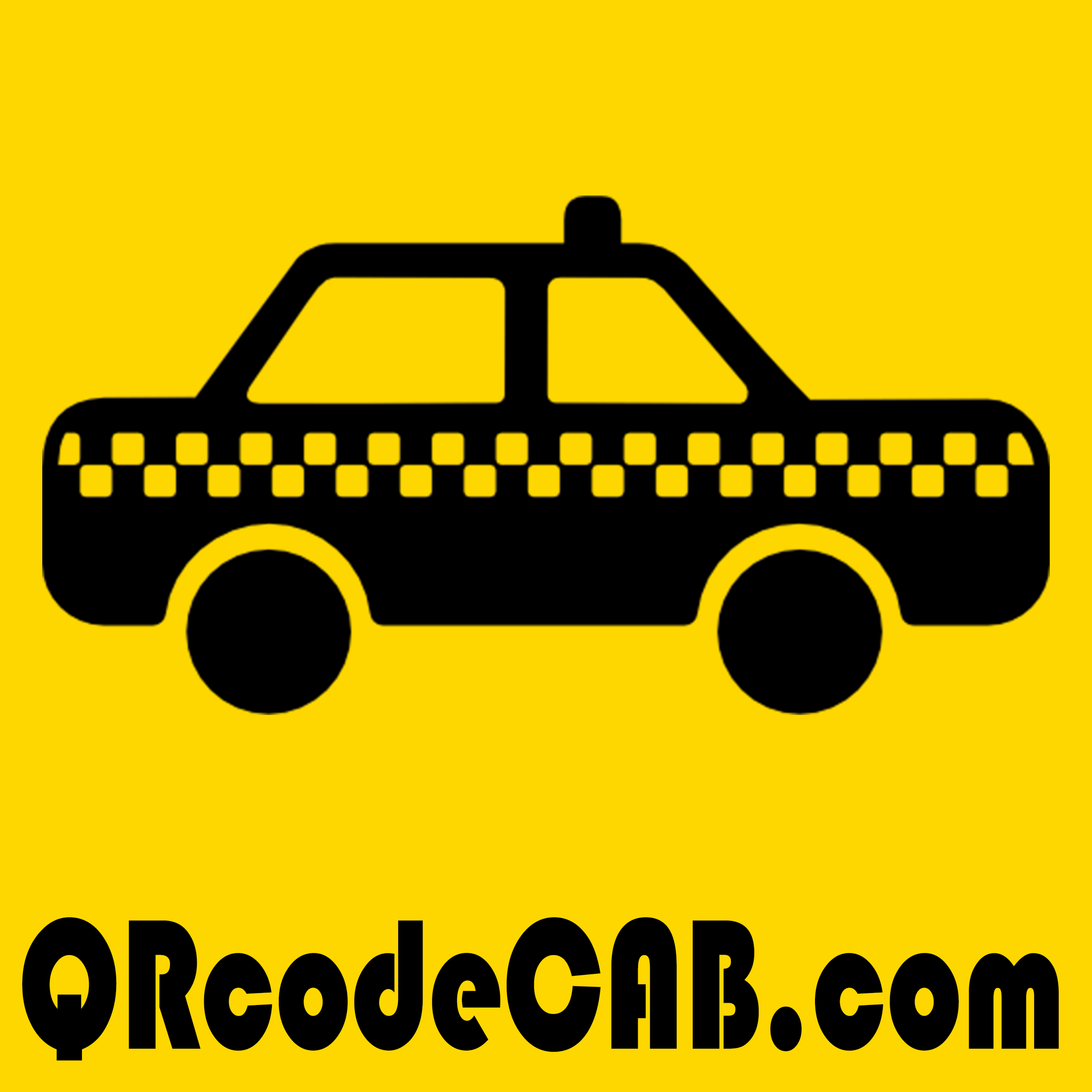
Request affordable and high-quality Airport Shuttle & Local Transport in Central Point, OR at QRcodeCAB.com
Phone
(541) 500-9348
Business Address
1575 E McAndrews Rd STE 300, Medford, OR 97504
Serving all of Jackson County, Oregon, within a 500 mile radius of The Rogue Valley International Medford Airport
